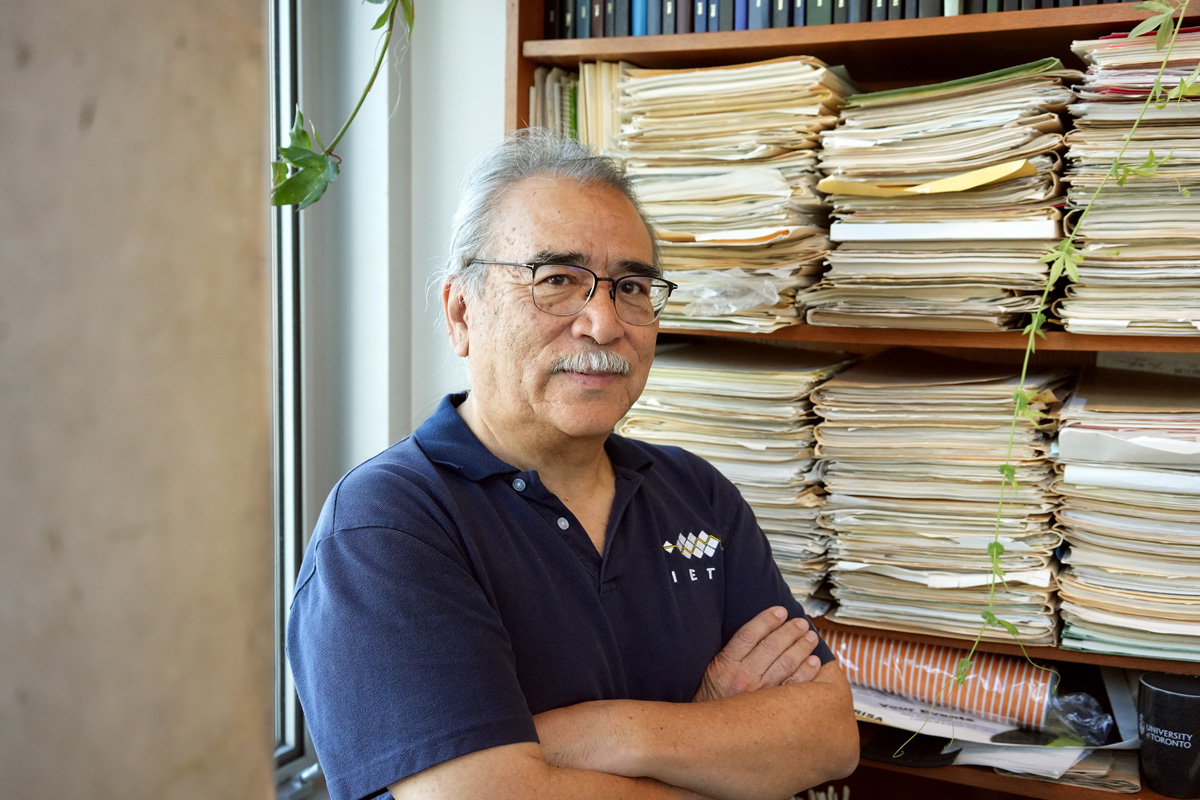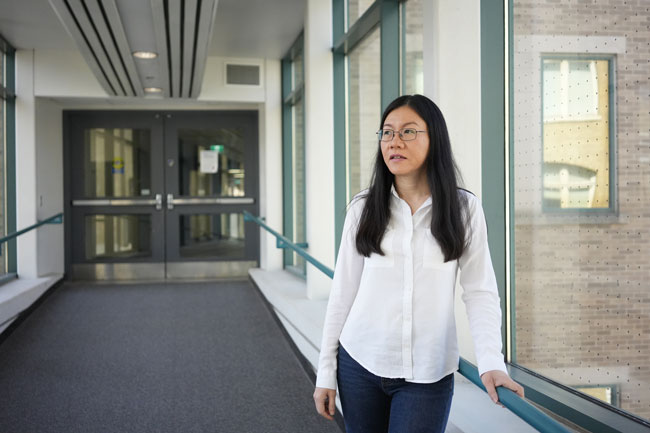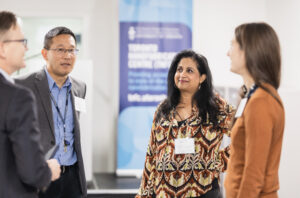
MARCH 13, 2024 • By Matthew Tierney
ECE professor Alberto Leon-Garcia is working towards a platform that will provide first responders in Edmonton with predictions of emergency-event occurrences in the city. The tool is being developed in collaboration with Edmonton Fire Rescue Services (FRS) and TELUS, through its Data for Good program, to bring about more effective responses and efficient resource allocation.
The occurrence of many emergency events can be predicted because people's behaviours are predictable, says Leon-Garcia.
“The pulse of the city is driven by people and their activity. And their activity exhibits seasonality.”
The engine of Leon-Garcia’s platform is data driven. Data sets from 11 years of emergency calls provide the time and approximate location of each event as well as the type. The type — such as house fire, medical emergency, traffic accident and a multitude of others — is categorized by a dispatcher following long-standing classification systems.
In addition to this, the new model considers many other spatial and temporal data points.
“For the city of Edmonton, we look at the neighbourhood level, at demographics, land use, transportation capabilities, population density,” says Leon-Garcia. “We consider the timing of the events, how they vary by season, month, day of the week, hour.
“This can allow you to predict the rate of events in the vicinity of each fire station in the next week or month, for example. Right there, that’s a valuable input to resource allocation — how many trucks, how many people you assign and where.”
Data collection is the first stage of model development. Next, the data is refined — that is, removed of errors and standardized, possibly transformed or aggregated. Once the data is in a clean state, researchers must determine which method of data analysis is the most suitable.
“Deep neural networks were not appropriate in this instance,” says Leon-Garcia. “You can try — and we did — but we did not have the volume of data to train a neural network.”
He adds, “You use what’s appropriate and what works. We’re engineers, after all. There are well-established advanced analytics that work well for these types of things.”
The data analysis will generate various graphs, heat maps and other tables that display the type and mixture of emergency events considered normal for the time, place and context (for example, the weather) in and around Edmonton.
By following events in real time and comparing them to what is anticipated, anomalies and potential vulnerabilities can be detected.
“For example, one time we noticed that the fire event numbers in a neighbourhood didn’t correspond to the models,” says Leon-Garcia. “It was later confirmed that an arsonist was active during that period.”
Over the years, Leon-Garcia has applied his predictive models to various transportation road systems, including Toronto and the Bay Area. He has also applied his anomaly detection systems to detect faults in networks and cyberattacks.
Each of the partners had existing processes in place for data collection and different expectations. But Leon-Garcia’s approach is to adapt to the partner’s practices.
“You can’t come in and say, ‘I have this neat platform, you have to change the way you do things,’” he says. “It doesn’t work that way. You have to pull together, factor in their long-term goals, their privacy concerns, their flexibility. They generally see the usefulness of the approach, and it’s more a question of how you get from here to there.”
“Professor Leon-Garcia has consistently demonstrated how data streams hold the key to creating smarter, safer cities,” says ECE Chair Professor Deepa Kundur. “His partnership with Edmonton FRS and TELUS has the potential to greatly enhance life-saving initiatives and will, no doubt, serve as a catalyst for future collaborations.”
Note: The TELUS Data for Good program is ISO-certified in Privacy by Design standards. This story was updated April 5, 2024.


